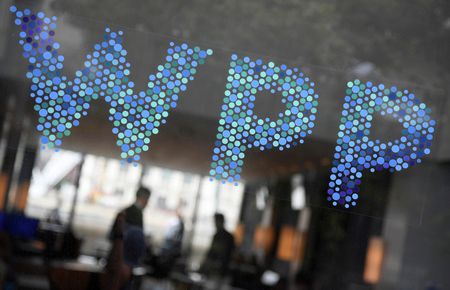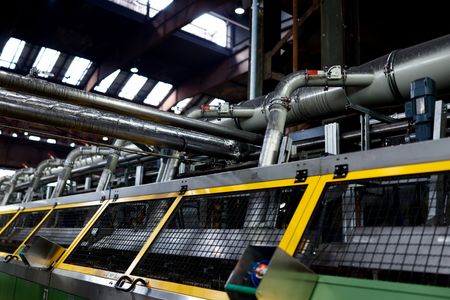BRUSSELS (Reuters) -The European Union will likely have to wait a few more days for an executive order by U.S. President Donald Trump lowering tariffs on imports of European cars and car parts, a source familiar with the EU-U.S. negotiations said.
It means U.S. consumers will continue to see tariffs of 27.5% applied to the imports of cars including German-made BMW and Mercedes-Benz vehicles and Swedish-made Volvos, the source said, rather than the 15% rate Trump and European Commission President Ursula von der Leyen agreed in Scotland.
The rate will only come down once Trump issues a legally binding executive order.
White House officials did not immediately respond to a request for comment.
Trump on July 31 issued an executive order setting the EU’s baseline tariff at 15%, but the order did not cover goods facing so-called Section 232 investigations, including autos, pharmaceuticals, semiconductors, wine and spirits and steel and aluminium.
The baseline tariff comes into effect on August 7 at 12:01 a.m. EDT (0401 GMT) with an exemption for goods already in transit or warehoused until Oct. 5.
The EU-U.S. framework trade agreement will be implemented in stages through White House executive orders followed by a legally non-binding joint statement, which a senior EU official on Tuesday said was at an “advanced” stage.
Under the terms of the agreement, a 15% levy will be applied to EU pharmaceuticals and semiconductors, U.S. officials say. EU officials say 15% is a ceiling and that the rate could be lower pending the outcome of the Section 232 investigations.
EU and U.S. officials are still negotiating a final list of products that would have either a zero-for-zero duty or a significantly lower most-favoured nation rate. The EU wants low or zero rates on spirits, wines, some chemicals and medical devices.
In the interim, spirits and wines will see duties rise to 15%.
(Reporting by Julia Payne; Editing by Richard Lough and Andrea Ricci)









